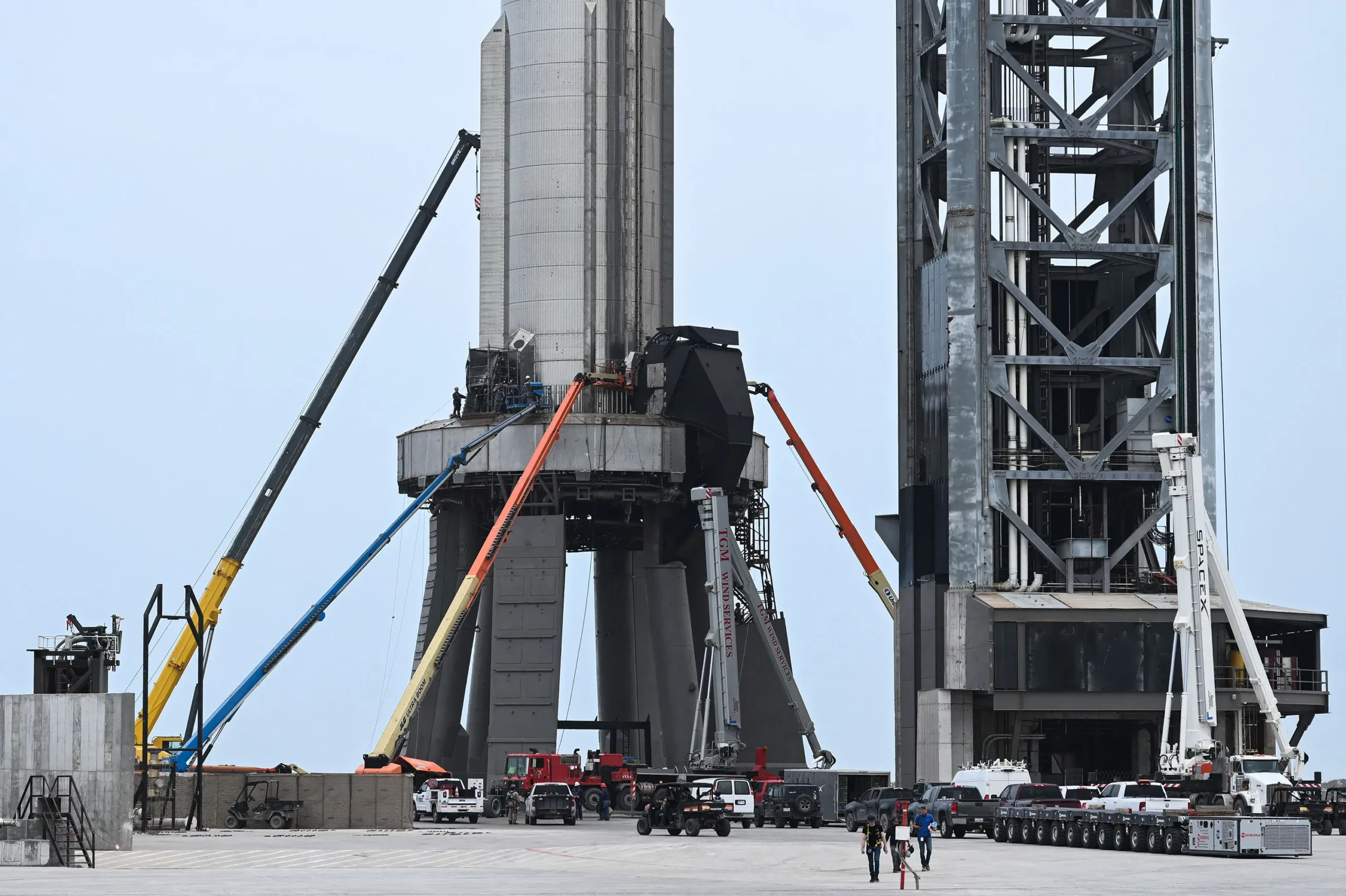
SpaceX CEO Elon Musk has announced plans to send approximately five uncrewed Starships to Mars by 2026, with the goal of facilitating human missions to the planet within the next four years.
Speaking on the social media platform X, Musk noted that these missions are intended to test SpaceX’s ability to land ships safely on Mars before sending humans. Should the uncrewed ships land intact, human missions could commence in 2028; however, any major obstacles would push the timeline back by an additional two years.
Challenges of Landing on Mars
The initial Mars missions are critical for evaluating the feasibility of landing SpaceX’s Starships under the planet’s extreme environmental conditions. Mars has surface temperatures ranging between -14 and -120 degrees Fahrenheit, alongside frequent dust storms that can sometimes blanket the entire planet.
While NASA has indicated that Mars’ dust storms, with speeds of up to 60 miles per hour, are unlikely to destroy equipment, they may pose significant challenges to landing and operational safety. These factors are critical as Mars lies 38.6 million miles from Earth when the two planets are at their closest alignment, with a typical journey taking around nine months. NASA’s year-long Mars simulation, completed in July, provided some insight into the potential health impacts of long-term human habitation on the planet.
Regulatory Challenges Could Delay Mars Ambitions
Musk has expressed his ambition to see humans on Mars for years, though it’s been uncertain whether this could be achieved during his lifetime. Regulatory issues have been a recurring challenge for SpaceX, including friction with the Federal Aviation Administration (FAA).
Following SpaceX’s failure to comply with launch rules regarding its Falcon 9 rocket, the FAA may fine the company up to $633,000. Musk has criticized the FAA for allegedly being out of step with the industry’s pace of development. Environmental concerns have also dogged SpaceX, with Texas regulators accusing the company of polluting local waters, and a New York Times investigation alleging that SpaceX misled officials regarding environmental damage that has harmed local wildlife—claims the company has dismissed as inaccurate.
SpaceX’s Mars mission funding is primarily derived from Starlink sales. Starlink, SpaceX’s satellite internet venture, has launched over 7,000 satellites into orbit, with around 6,300 currently active, serving customers globally. NASA is also reported to be contributing to SpaceX’s Mars mission efforts.
Featured Image courtesy of PATRICK T. FALLON/AFP via Getty Images
Follow us for more tech news updates.
